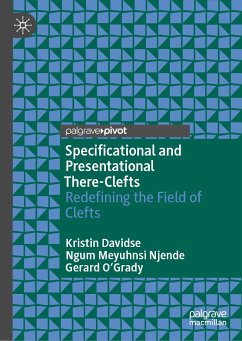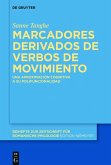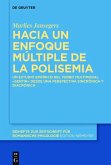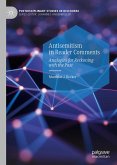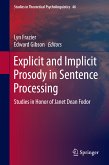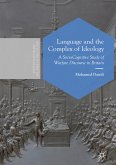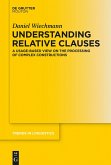-Gunther Kaltenböck, Professor at University of Graz, Austria
This book proposes a radically new account of clefts in English. Since the 1960s, functional as well as formal linguists have generally restricted clefts to constructions with an identifying matrix (it-clefts) and have claimed that they only code information structure. Clefts are assumed to unpack a simple proposition into a focus - presupposition structure. In this book, the authors reject these theoretical-descriptive assumptions, arguing instead that clefts form a field comprising it-clefts, there-clefts and have-clefts. They show that, like any other construction, clefts compositionally code propositional semantics, onto which a great variety of prosodically coded focus patterns may be mapped. The authors fundamentally challenge the existing approach by entering the debate with an in-depth account of the neglected specificational and presentational there-clefts, offering the first systematic data-based study of their grammatical and prosodic features. While the study is restricted to English, its findings have significant cross-linguistic relevance. This book will be of interest to students and scholars of Functional, Cognitive and Formal Linguistics, Corpus Linguistics, and usage-based study of grammar and prosody.
Kristin Davidse is a Professor in the Linguistics Department at KU Leuven, Belgium.
Dieser Download kann aus rechtlichen Gründen nur mit Rechnungsadresse in A, B, BG, CY, CZ, D, DK, EW, E, FIN, F, GR, HR, H, IRL, I, LT, L, LR, M, NL, PL, P, R, S, SLO, SK ausgeliefert werden.

